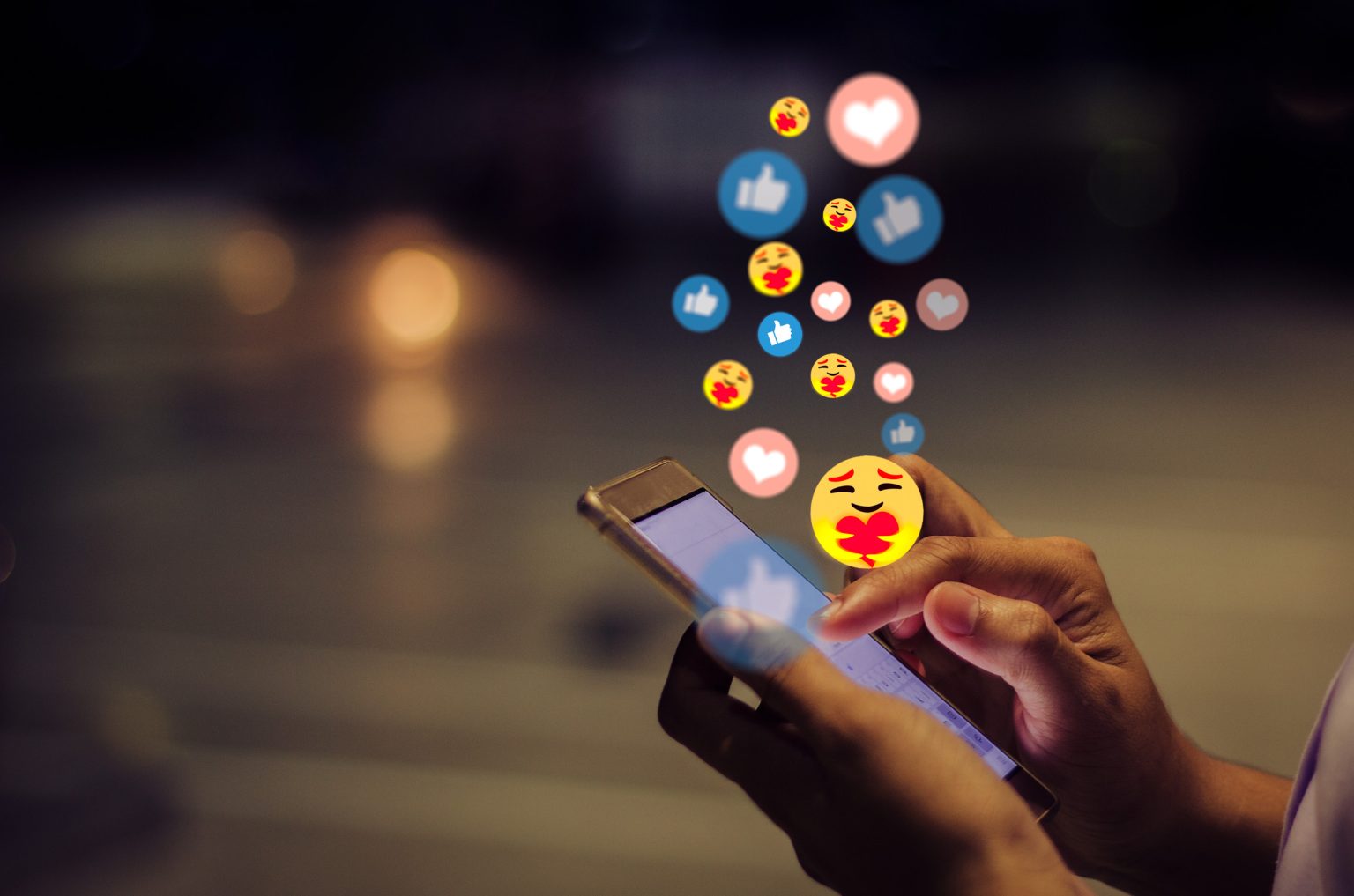A recent study conducted by researchers at Indiana University (IU) has uncovered an intriguing link between emoji usage in messaging and levels of emotional intelligence, as well as attachment styles in relationships. The study suggests that individuals who frequently use emojis while communicating with friends may possess enhanced emotional intelligence, indicating a greater ability to recognize and understand emotions in themselves and others. The insights from this research signify that the manner in which we engage in virtual communication can offer deeper revelations about our personalities and emotional comprehension. The findings were based on surveys completed by 320 U.S. adults who reported their demographic details, emoji usage, emotional intelligence levels, and attachment styles—ways individuals connect with others in intimate relationships.
The concept of attachment styles is rooted in early childhood experiences, particularly how children relate to their caregivers. Secure attachment, characterized by feelings of safety and support, typically leads to healthier adult relationships, whereas those with avoidant attachment styles often struggle with emotional closeness due to early experiences of emotional distance or rejection. The researchers identified that individuals with high emotional intelligence and secure attachment styles are more inclined to use emojis when communicating. This suggests that emoji usage is not merely a whimsical choice but serves as a valuable tool for effective emotional communication, allowing for richer interactions.
Gender differences in emoji usage were also highlighted in the findings. The study revealed that women tend to use emojis more frequently with friends and family compared to men. However, interestingly, women exhibited a decrease in emoji usage with friends, dates, and romantic partners when they displayed avoidant attachment styles. Similarly, men who also showed avoidant attachment tendencies sent fewer emojis to their partners. These trends emphasize how attachment styles can influence not only the quantity of emoji use but also the quality of emotional interaction in relationships.
Despite the valuable insights gleaned from this research, the authors acknowledged certain limitations within their study. The participant pool primarily consisted of educated, married, white, English-speaking heterosexual individuals, which may not accurately represent broader demographic variations. This homogeneity may impact the generalizability of the findings, leaving room for further research that includes more diverse subject populations.
The study also raises questions about how virtual communication platforms, including the use of emojis, impact our understanding of relationships and emotional dynamics. As communication continues to evolve, acknowledging how different forms of expression, including visual symbols like emojis, play a role in conveying emotional context becomes increasingly important. Understanding these elements could foster more meaningful connections, particularly in an era where face-to-face interactions are sometimes limited.
In summary, the Indiana University research spotlights the intricate relationship between emoji use, emotional intelligence, and attachment styles, emphasizing the importance of these elements in shaping our communication strategies. The findings suggest that the way we express ourselves through emojis is not trivial; rather, it is reflective of deeper emotional capabilities and relationship dynamics. This study prompts a re-evaluation of how we perceive digital communication and its role in fostering emotional connections, inviting further exploration in the intersection of technology, emotion, and interpersonal relationships.

